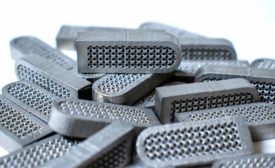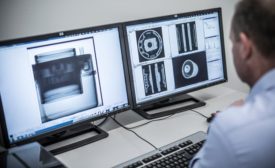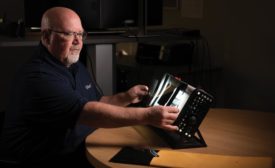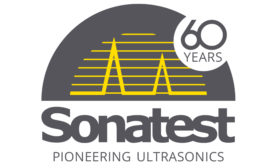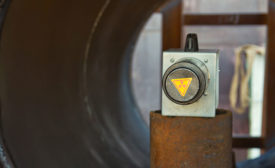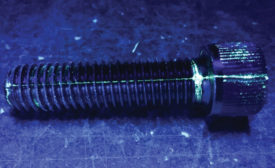Home » Keywords: » Radiographic testing
Items Tagged with 'Radiographic testing'
ARTICLES
NDT Trends
Manual means of performing NDT and human evaluation of the results is trending more and more to automated, digitized and artificial intelligence interpretation of the results whenever economically possible.
Read More
NDT of Medical Devices
NDT methods play a critical role in the quality assurance of medical devices.
November 29, 2020
NDT Trends
Remote Evaluation of Radiographic Images
Let’s examine the application of remote radiographic evaluation and the subsequent commercial benefits for business.
August 5, 2020
Radiographic Image Interpretation: Doing it Right
The process of radiographic interpretation consists of many variables with the major objective being achieving the highest possible quality level.
June 11, 2020
Advertisement
Weld Defect Imaging and Characterization Using PAUT and TFM Ultrasonic NDT
July 30, 2018
Human Factors Affecting Disagreements Among Interpreters
In the second part of a two-part series, we look at factors affecting probability of detection.
November 1, 2016
Testing, Trust, and Traceability
You can often re-inspect a part, but there’s no way to restore lost traceability
August 1, 2016
Get our new eMagazine delivered to your inbox every month.
Stay in the know with Quality’s comprehensive coverage of the manufacturing and metrology industries.
SIGN UP TODAY!Copyright ©2024. All Rights Reserved BNP Media.
Design, CMS, Hosting & Web Development :: ePublishing

